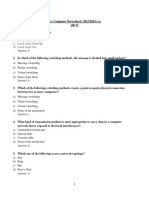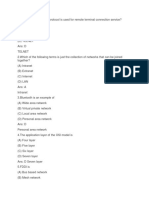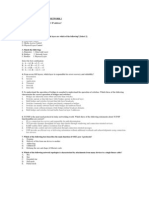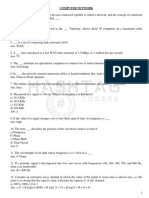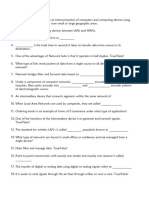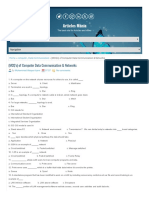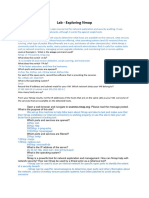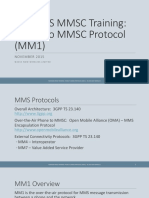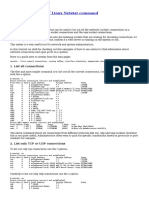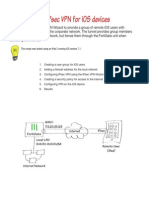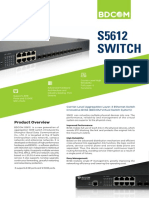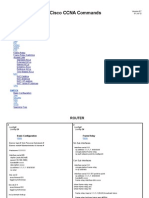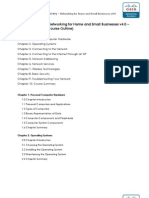0% found this document useful (0 votes)
52 views13 pagesComputer Networking Mcqs
The document covers various networking concepts, including network topologies, OSI and TCP/IP models, addressing schemes, channel access techniques, and protocols such as TCP, UDP, and HTTP. It also discusses network security concepts, cryptography, and multimedia networking aspects. Each section includes multiple-choice questions with answers that highlight key information about networking principles and practices.
Uploaded by
hahaseeb74Copyright
© © All Rights Reserved
We take content rights seriously. If you suspect this is your content, claim it here.
Available Formats
Download as PDF, TXT or read online on Scribd
0% found this document useful (0 votes)
52 views13 pagesComputer Networking Mcqs
The document covers various networking concepts, including network topologies, OSI and TCP/IP models, addressing schemes, channel access techniques, and protocols such as TCP, UDP, and HTTP. It also discusses network security concepts, cryptography, and multimedia networking aspects. Each section includes multiple-choice questions with answers that highlight key information about networking principles and practices.
Uploaded by
hahaseeb74Copyright
© © All Rights Reserved
We take content rights seriously. If you suspect this is your content, claim it here.
Available Formats
Download as PDF, TXT or read online on Scribd
/ 13

